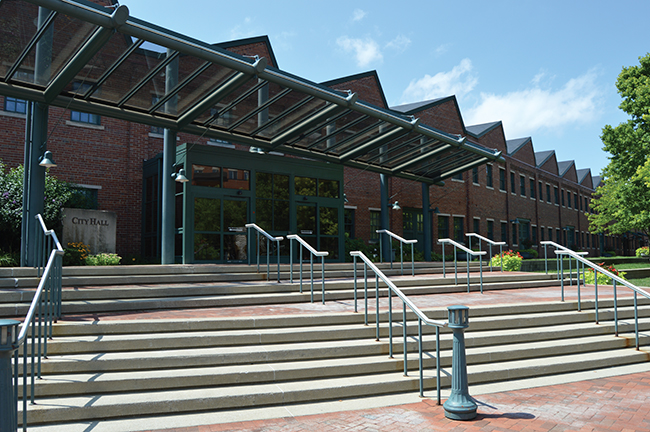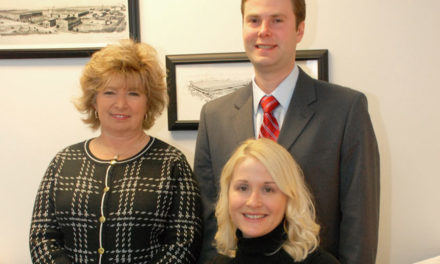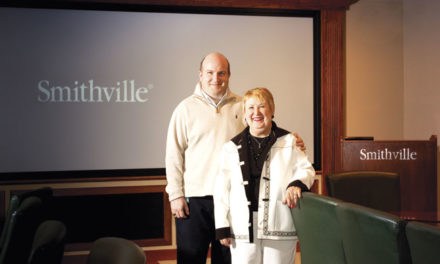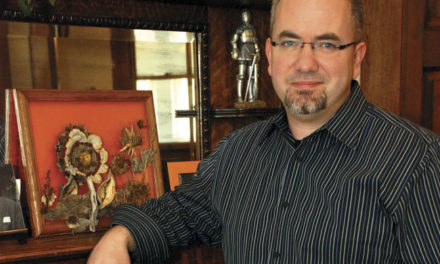
BY BARB BERGGOETZ
The building that housed Plant No. 1 of the Showers Brothers Furniture Company (which once produced 60 percent of the furniture in the country and provided one-fourth of all tax revenue in Bloomington) had been underutilized for years. Other vacant and distressed buildings surrounded the 200,000-square-foot eyesore. Still, local visionaries somehow pictured a bright future for the complex as part of a revitalized West Side Historic District.
CFC Properties President Jim Murphy remembers when that vision became a reality 20 years ago.
“That was a milestone,” Murphy says. “It was a big deal when we were able to pull this together, and the organizational entities — the City, Indiana University, and CFC — made this happen.”
CFC is part of the public-private enterprise that created today’s flourishing Showers Building, located at 401 N. Morton St. and home to the City of Bloomington and Monroe County government offices, CFC Properties, and a host of private businesses to which it leases space.
Murphy, CFC vice president at the time, adds that then-CFC President Steve Ferguson provided the company’s impetus to bring the two-story building with its saw-tooth roofline back to life. Its history is integral to Bloomington’s economy.
After a devastating fire, the Showers Brothers Company relocated from the east side of town, constructing a large complex near the railroad tracks on Bloomington’s west side. The factory, which spanned 15 acres, opened in 1910. It became a thriving workplace for up to 2,500 people. The factory closed in 1955, and in 1959, the factory was sold to Indiana University, which used it for storage until 1994.
At that time, IU sold the property to the Bloomington Advancement Corp., a local group promoting economic development, which agreed to divide it among a university research park, city government center, and CFC headquarters. Building renovations were complete in 1995, meeting exterior standards for historic preservation. IU sold its share to county government in 2010.
Now, it’s a major work center, employing hundreds and linking the west side to downtown. Over the years, new restaurants, apartments, and other businesses popped up. More growth is being planned. “I think the important thing is, we saved the structure for the next 50 years and beyond,” Murphy says. “But I’m confident this building also influenced development in the immediate neighborhood.”










